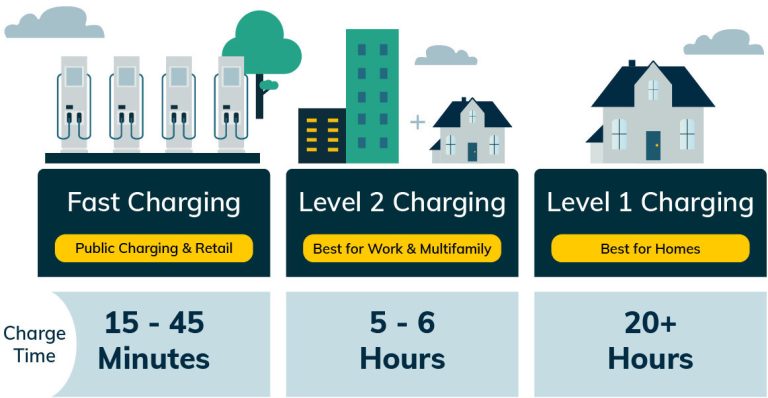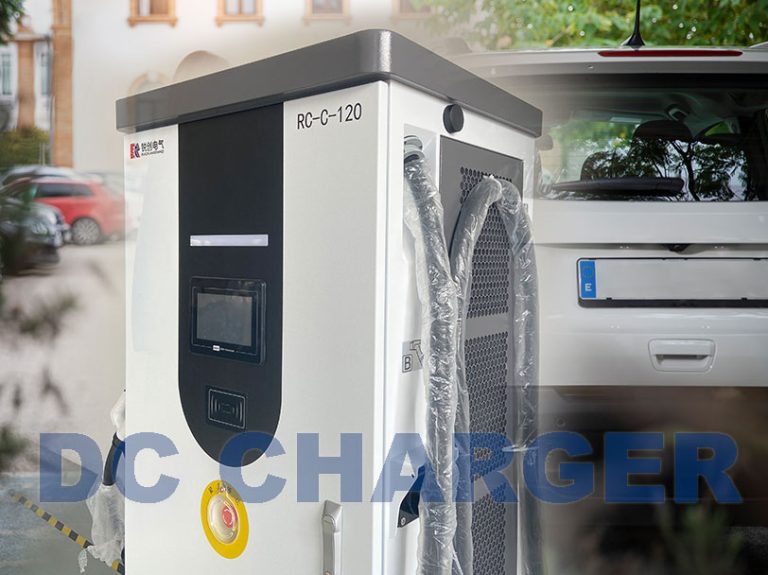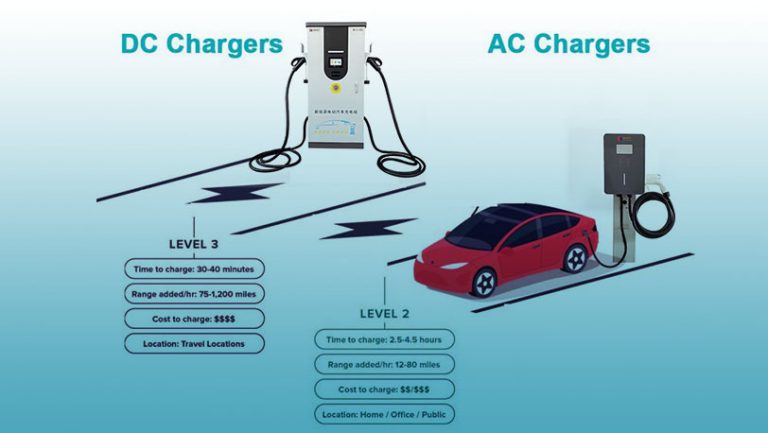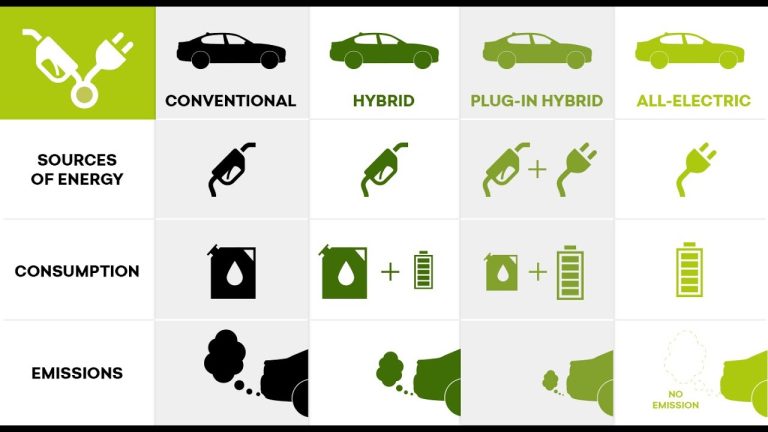The CE marking is a mandatory conformity assessment mark in the EU, ensuring that products meet safety, health, environmental, and consumer protection standards. For electric vehicle charging stations, CE certification is a prerequisite for entering the European Economic Area (EEA), which comprises EU member states, Iceland, Norway, and Liechtenstein. Obtaining CE certification demonstrates that the charging station complies with relevant EU directives and regulations, allowing it to be legally sold in the European market.
I. Main Contents of CE Certification for Charging Pile
CE certification for ev charging stations involves multiple EU directives, primarily the following:
- Low Voltage Directive (LVD 2014/35/EU)
This directive applies to electrical equipment operating within the voltage range of 50V to 1000V AC or 75V to 1500V DC. For charging piles, the LVD directive requires that their electrical design ensure safety, preventing risks such as electric shock and fire.
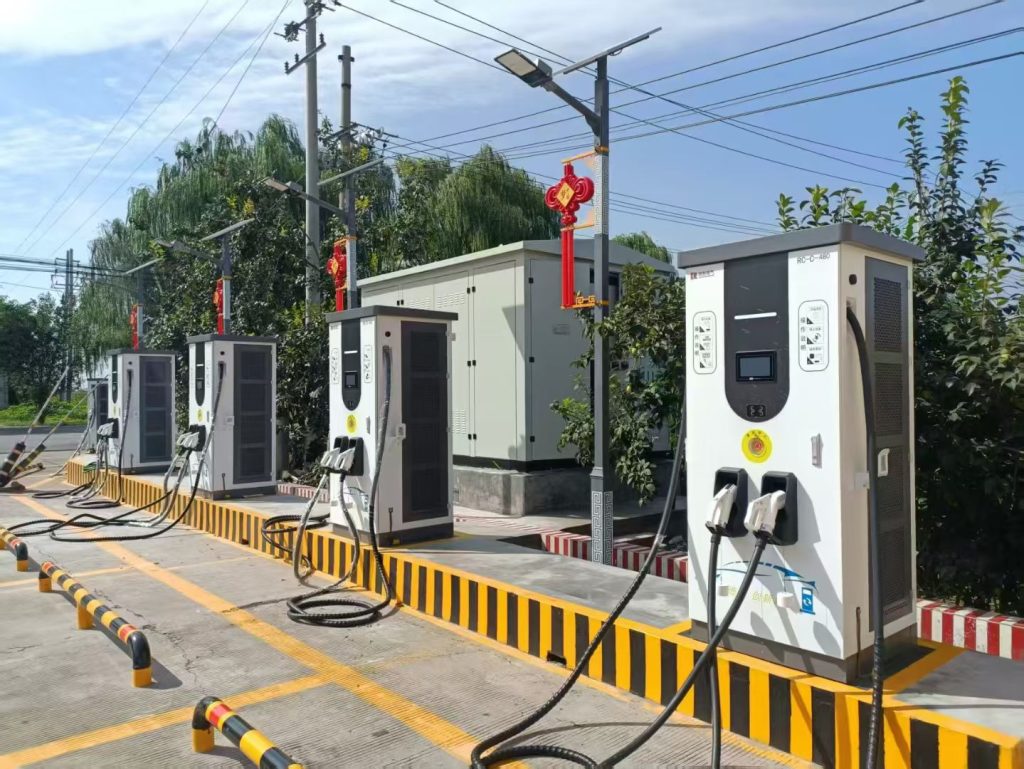
- Electromagnetic Compatibility Directive (EMC Directive 2014/30/EU)
- This directive requires that charging stations do not generate excessive electromagnetic interference (EMI) during normal operation and be able to operate normally in a certain electromagnetic environment. This directive includes testing for conducted emissions, radiated emissions, and immunity.
- Machinery Directive (Machinery Directive 2006/42/EC)
- If a charging station design includes mechanical components (such as moving parts), compliance with the Machinery Directive is required to ensure the safety of the mechanical components.
- RoHS Directive (2011/65/EU)
- This directive restricts the use of certain hazardous substances in charging stations, such as lead, mercury, cadmium, hexavalent chromium, and certain brominated flame retardants. Compliance with RoHS requirements indicates that the product is more environmentally and user-friendly.
- Radio Equipment Directive (RED 2014/53/EU)
- Charging stations equipped with wireless communication capabilities (such as Wi-Fi and Bluetooth) must comply with this directive, ensuring that radio equipment meets requirements in areas such as efficient use of the radio spectrum, electromagnetic compatibility, and health and safety.
- Energy-Related Products Directive (ERP Directive 2009/125/EC)
- Energy efficiency requirements for charging stations ensure that their energy consumption during use meets EU standards, promoting energy conservation and environmental protection.
Why is CE Certification Important for EV Charging Stations?
EV charging stations are complex electrical devices that must operate safely, efficiently, and reliably. Inappropriate or unsafe charging equipment can lead to serious hazards such as electrical fires, short circuits, and harm to people or vehicles.
Here are several reasons why CE certification is critical for EV chargers:
- Legal Requirement in the EU
If you plan to sell or install electric vehicle charging stations in Europe, CE certification is legally required. Without it, your products cannot be legally marketed or distributed in the EU and EEA countries.
- Safety Assurance
CE certification ensures that EV chargers comply with strict safety and quality standards. This protects users, installers, vehicles, and property from potential harm caused by electrical faults or design flaws.
- Market Access
CE marking acts like a passport for entering the European market. It shows that your charging station meets harmonized European standards, reducing trade barriers and helping your business expand more easily across borders.
- Customer Trust and Brand Credibility
Displaying the CE mark enhances customer confidence in your product. It shows your company is committed to quality, safety, and compliance, which can positively influence buying decisions.
Key Harmonized Standards for EV Chargers
In addition to EU directives, EV charging stations must comply with certain harmonized standards, such as:
- IEC 61851 – Electric vehicle conductive charging systems
- IEC 62196 – Plugs, socket-outlets, vehicle connectors, and inlets
- EN 61000-6-1 / 6-3 – EMC generic standards
- EN 60335-1 – Safety of electrical appliances
Compliance with these standards helps ensure technical compatibility, user safety, and product durability.
The CE Certification Process for EV Charging Stations
Obtaining CE certification involves several steps. Here’s an overview of the typical process:
1. Identify Applicable Directives and Standards
Determine which EU directives and harmonized standards apply to your specific charging product based on its design, features, and intended use.
2. Conduct a Risk Assessment
Assess all possible hazards associated with the product during normal and abnormal operation.
3. Product Testing
Carry out internal tests or use third-party labs to verify the product’s compliance with relevant safety and performance standards.
4. Technical Documentation
Compile a technical file that includes:
- Product design and manufacturing details
- Risk assessments
- Test reports
- EU declaration of conformity
- User manual and installation guides
5. EU Declaration of Conformity
This is a formal document in which the manufacturer declares that the product meets all the necessary EU requirements.
6. Affix the CE Mark
Once the documentation is in place and compliance is confirmed, the CE mark can be affixed to the product, packaging, or user manual.
Self-Certification vs. Third-Party Certification
In many cases, CE marking can be done through self-declaration. This means the manufacturer is responsible for ensuring and declaring compliance.
CE certification is more than just a regulatory requirement — it is a vital part of product development, quality control, and international market strategy for electric vehicle charging station manufacturers. At Henan Risen, our EV charging equipment has successfully obtained CE certification. We warmly welcome customers from the EU to visit our facilities and explore partnership and purchasing opportunities.


